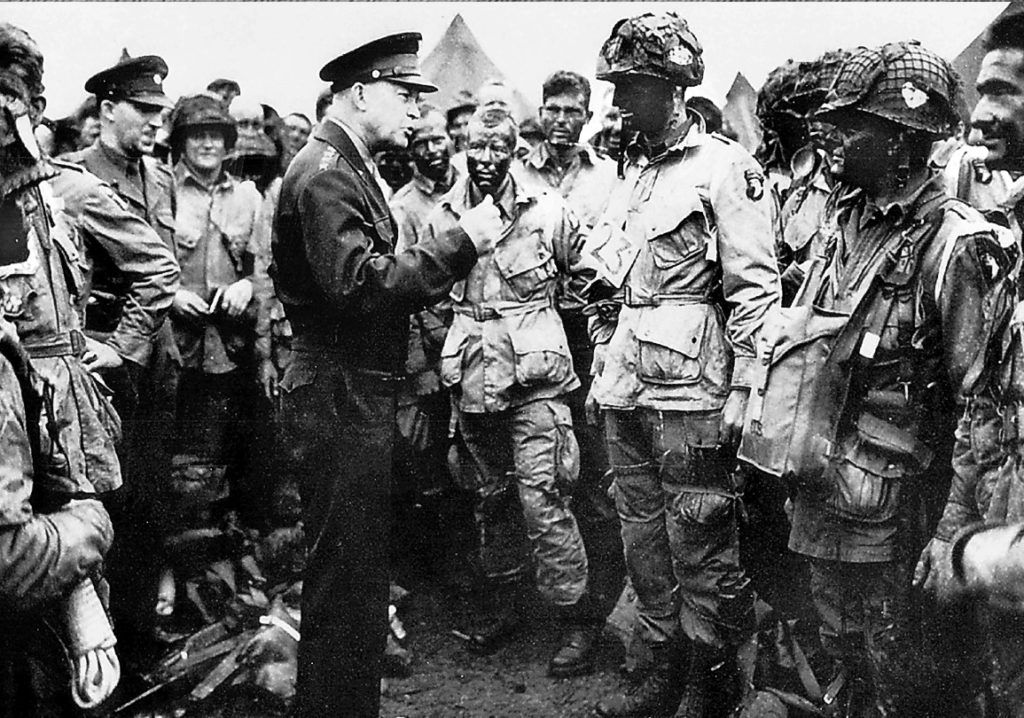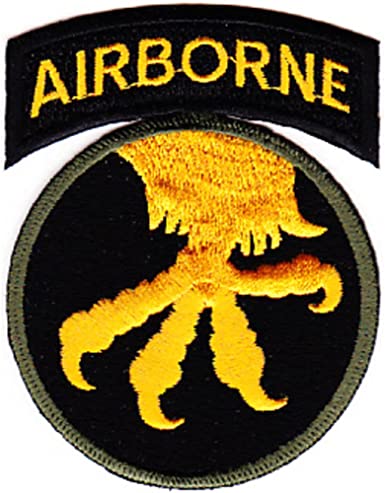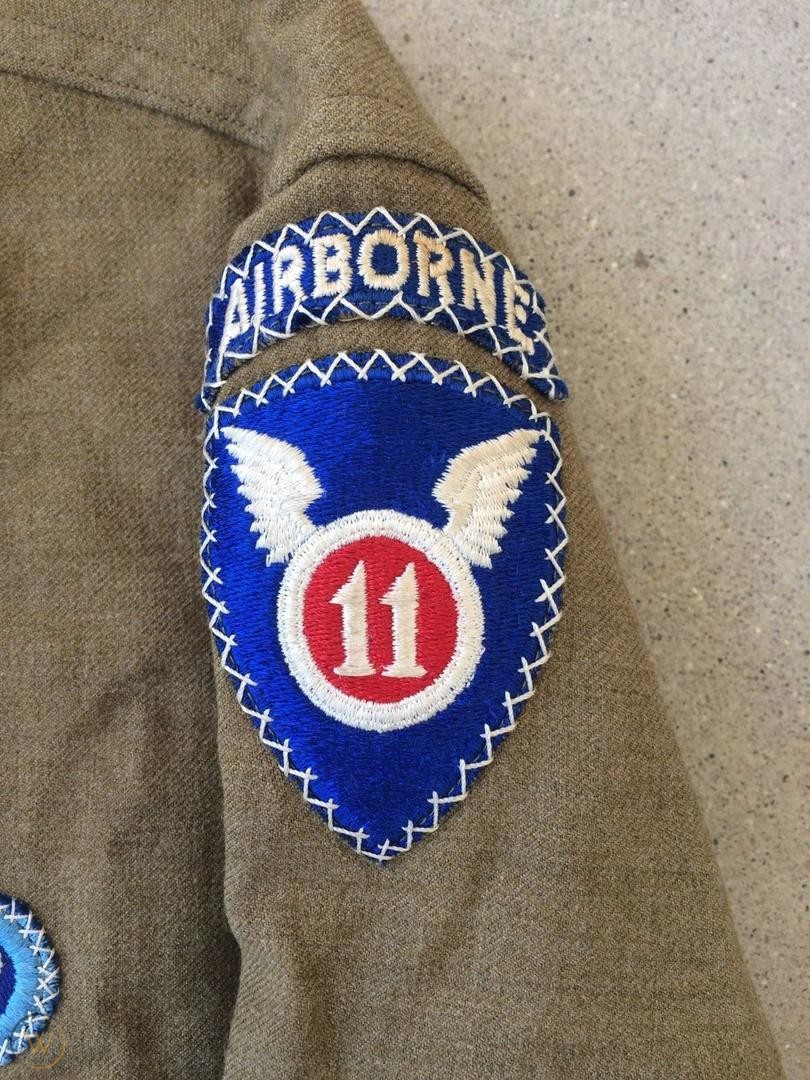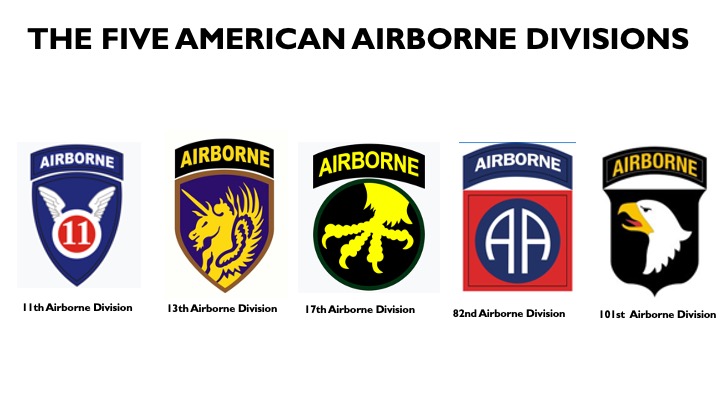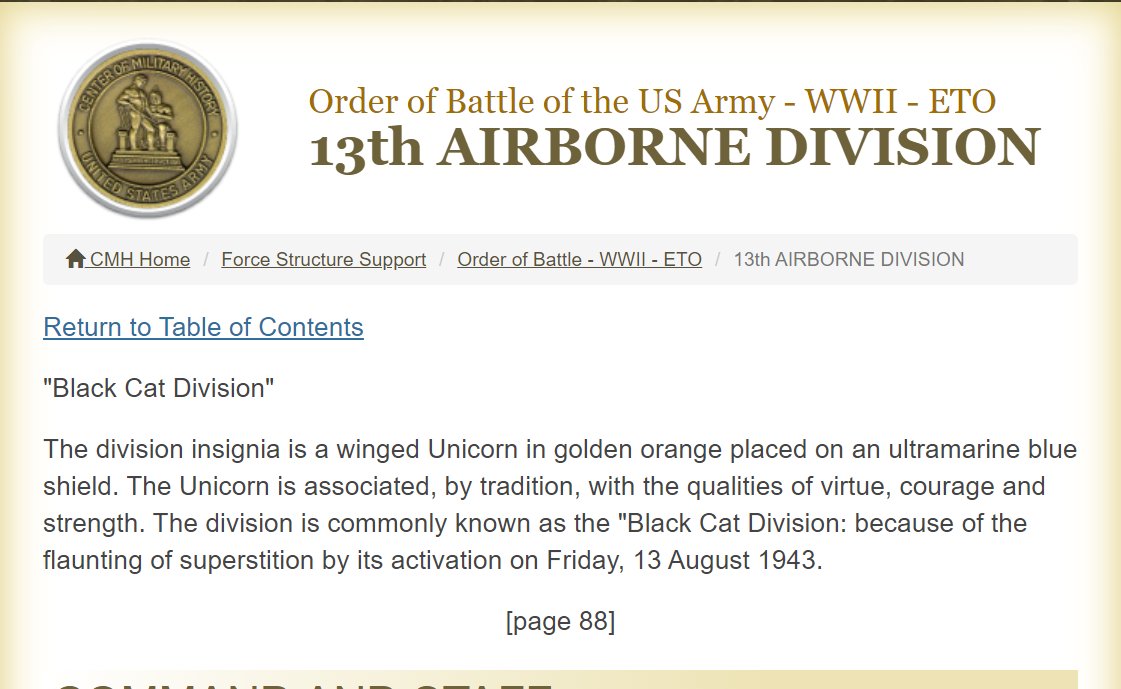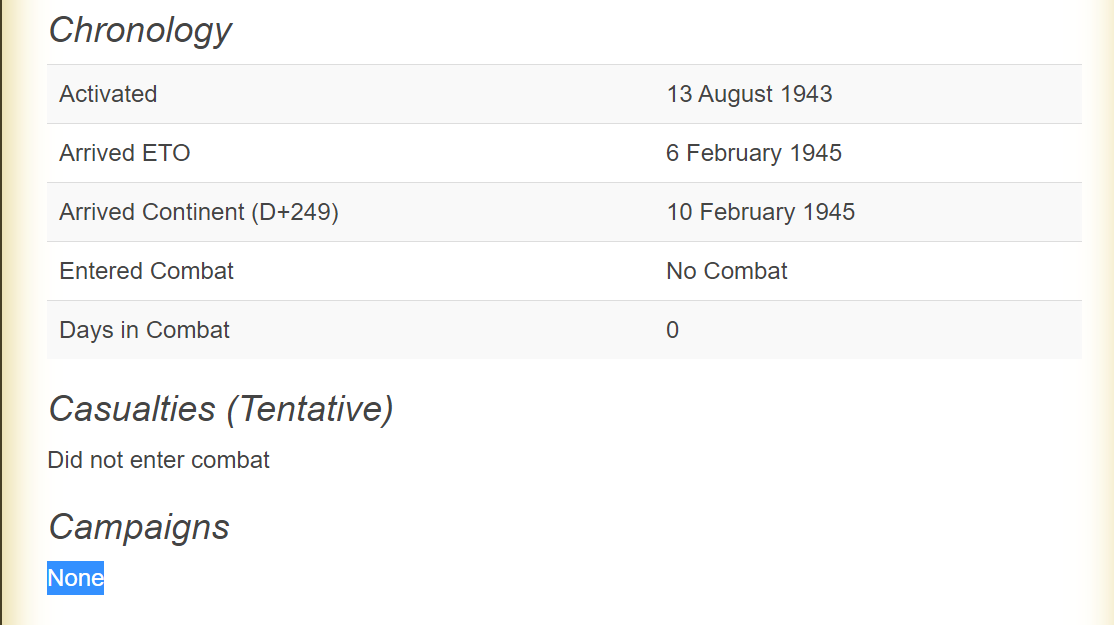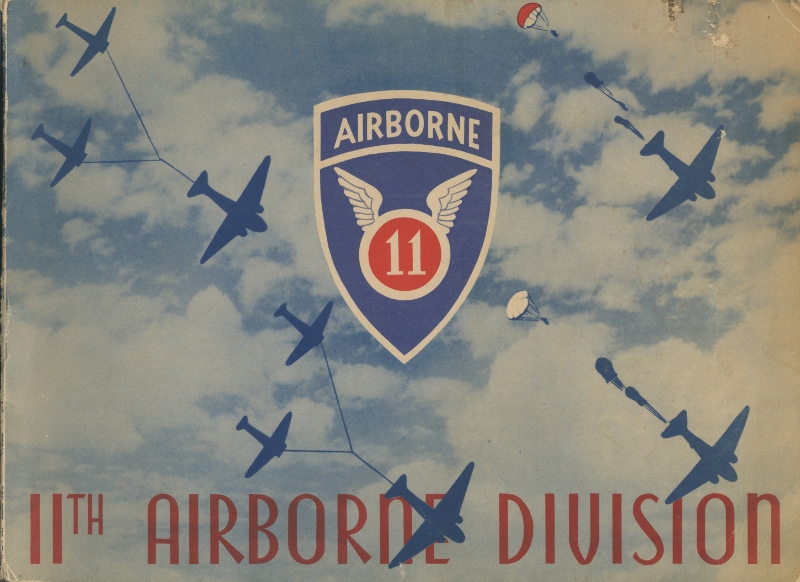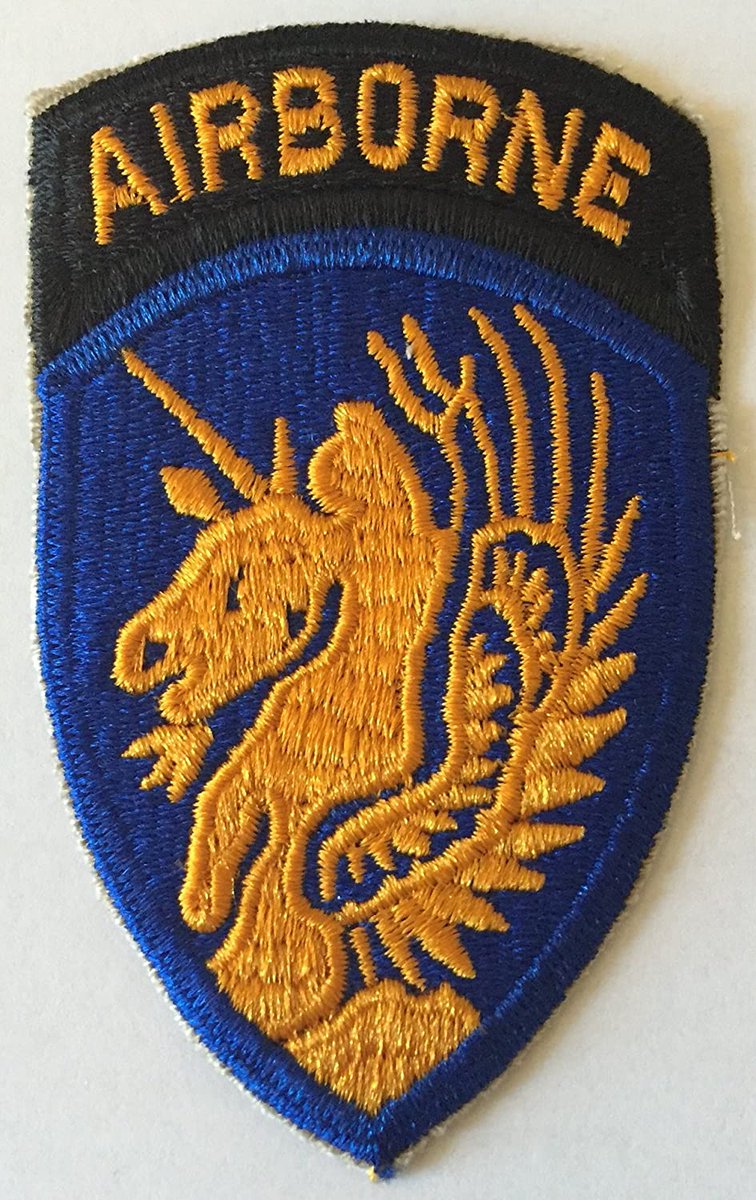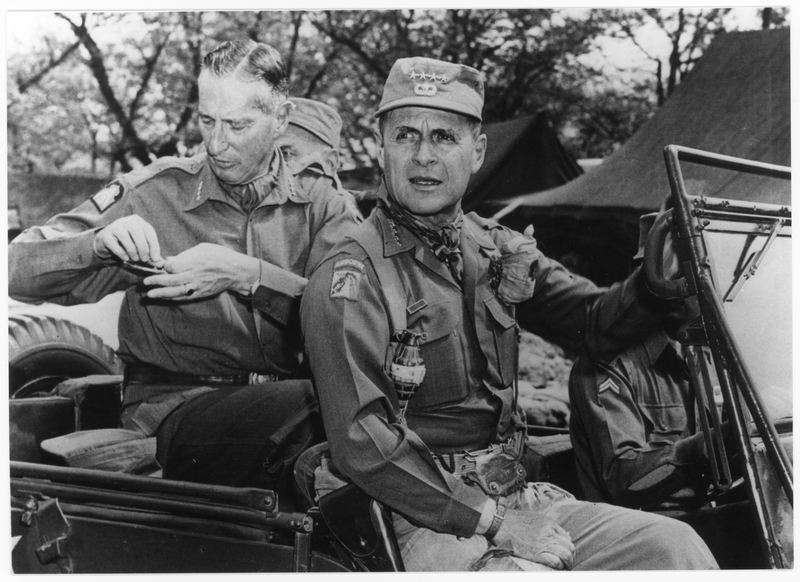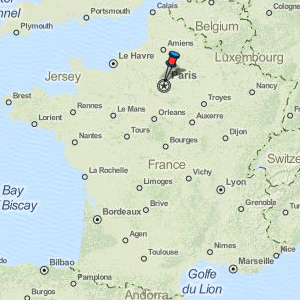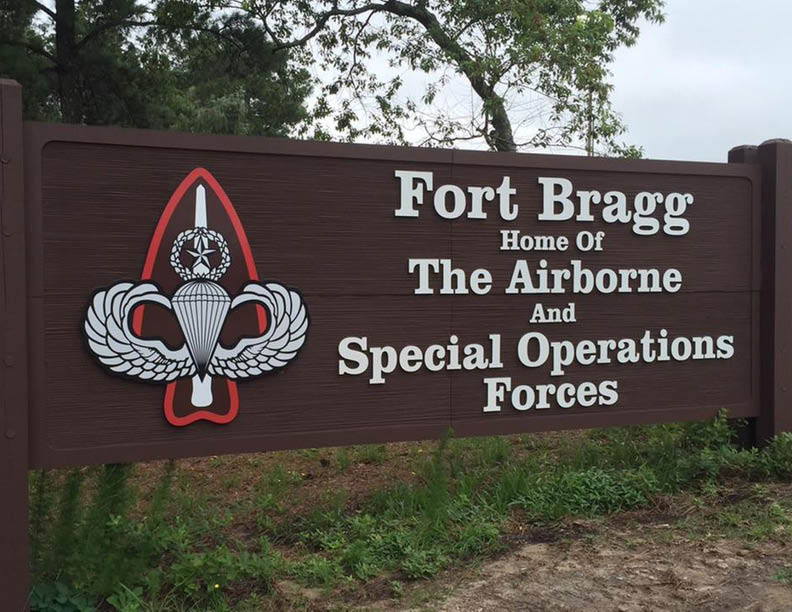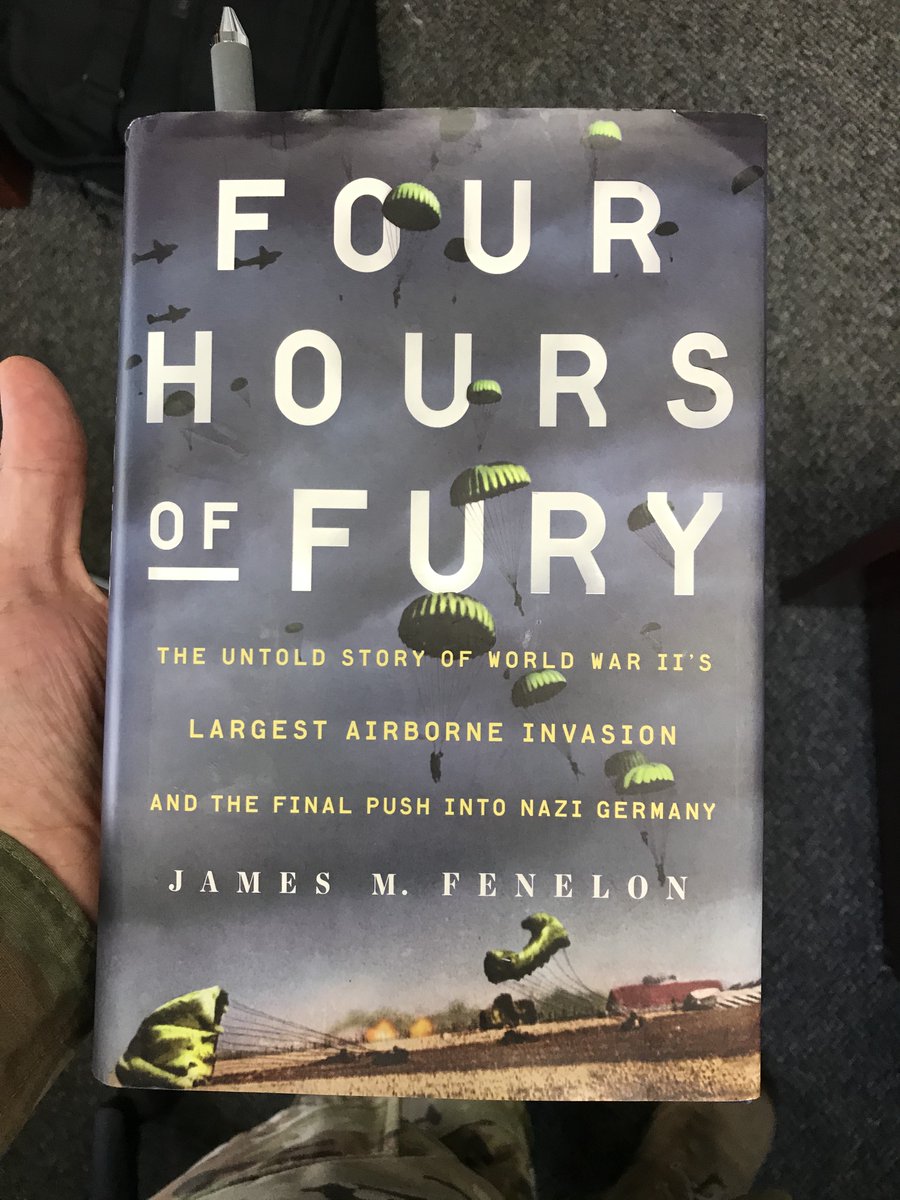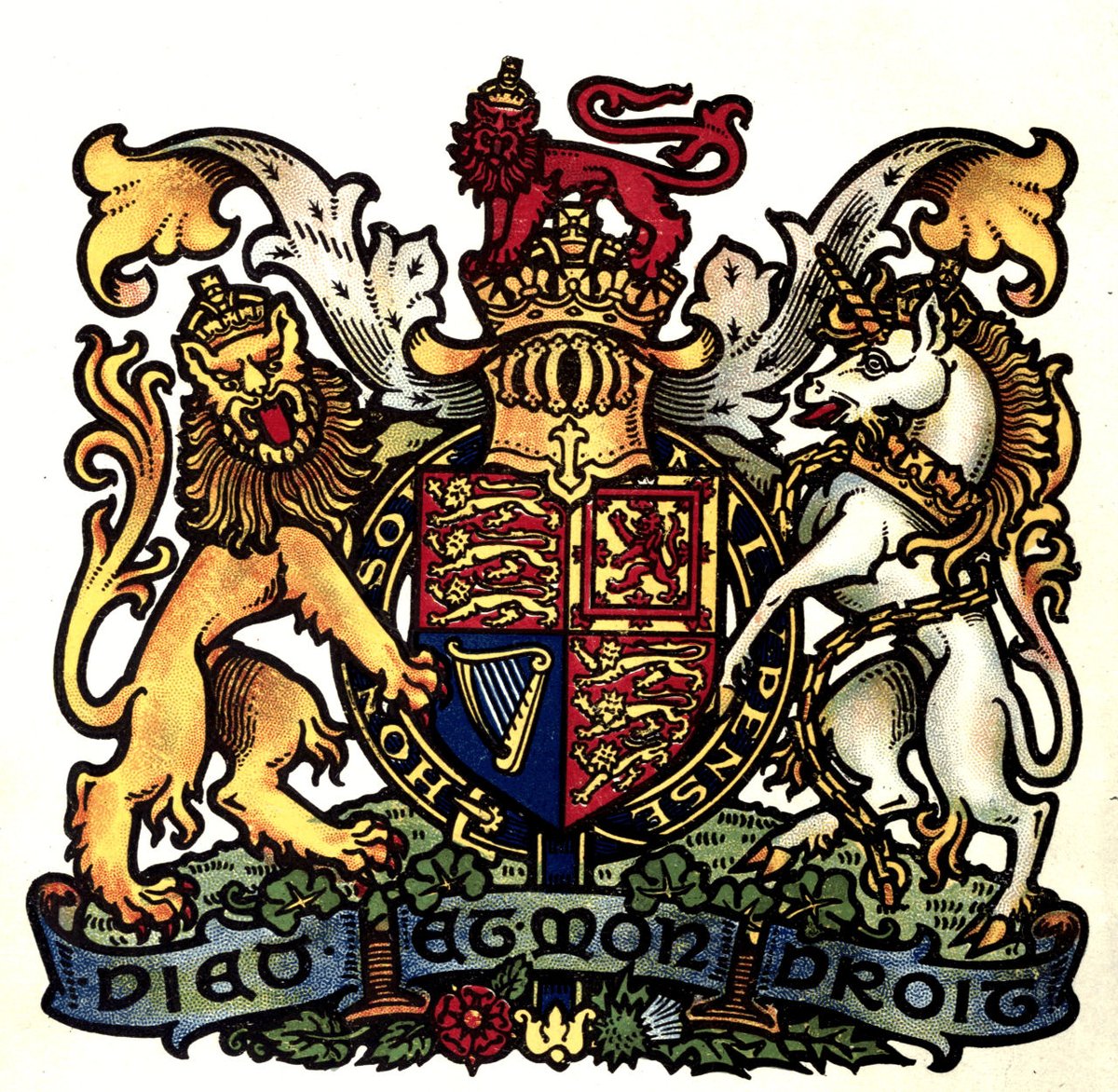It's National Airborne Week™️ (presented by XVIII Airborne Corps) and all week we're celebrating the American Paratrooper.
But no one….not even hard core nerds...know about the 13th Airborne Division.
Let’s see here…. Entered Combat. Oh. No Combat. Well that’s interesting.
history.army.mil/documents/ETO-…
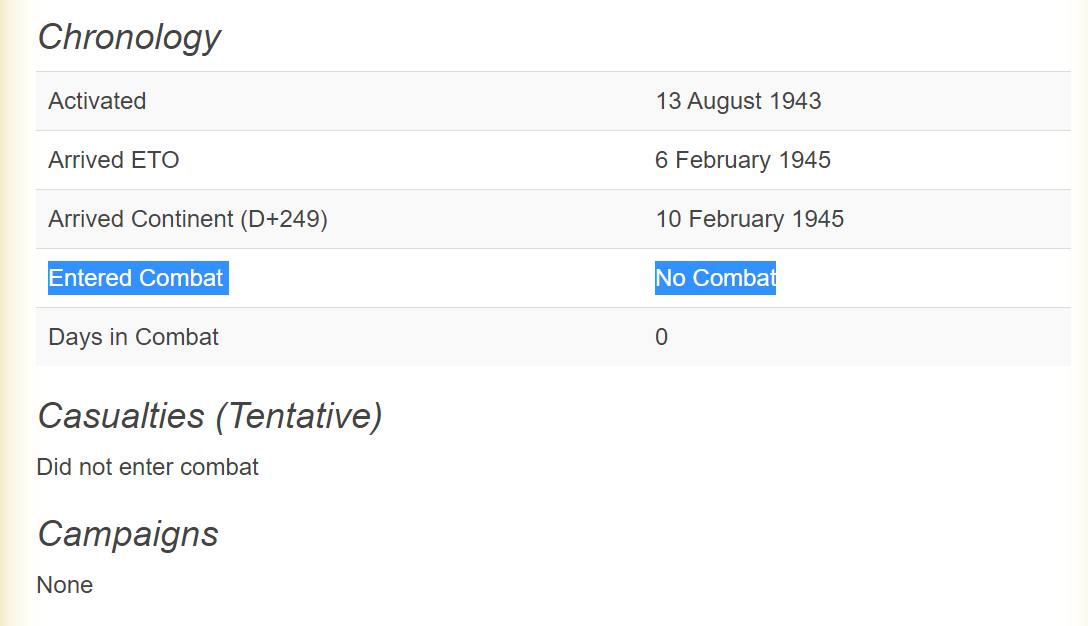
Individual Awards: Zer--oh. Wait a minute. Six Legions of Merit and 39 Bronze Stars?
armydivs.com/13th-airborne-…

Are we dealing with Stolen Valor?
The 13th was picked last for every airborne operation of WWII following Operation Market Garden, the (unlucky) 13th watched from the sidelines while the All Americans and the Screaming Eagles soaked up all the glory.
If the 13th Airborne Division wrote a WWII history narrative of the unit, a fitting title would be “We Existed!,” because that’s about all they did.
The 13th was formed in August of 1943 as the 4th Airborne Division for Europe (the 82d, 101st, and 11th were already formed). At the time, we didn’t know how many of these units we needed or would need.
Army Chief of Staff George Marshall thought it better to have an extra Airborne Division and not need it, than to need one for a massive assault and not have one ready to go.
The 13th was the first airborne unit on Fort Bragg….ever! Unlike the 82d Airborne (formed in Louisiana), the 13th actually started at the “Home of the Airborne.”
The unicorn signified the qualities of virtue, courage and strength. The horn of the unicorn signified extreme courage.
The unicorn was winged to represent its travel in the air as "Airborne." The blue background is the color of the Infantry, which is the basic arm of the Division, and also indicated the sky, which is the selected medium of travel for the Division.
Since only two US Divisions (the 82d and the 101st) were needed for D-Day and Market Garden, the 13th remained on Fort Bragg.
In February 1945, the 13th Division arrived in France. It was placed under the command of the First Allied Airborne Army.
The campaign in the Ardennes ended before the division could be transported there. So, they missed that one.
The next chance for the 13th to participate in an airborne operation was Operation Varsity, the planned airborne assault across the Rhine River.
Ridgway, however, didn’t see the need for three divisions; the US 17th and the British 6th could get it done.
The division was scheduled to participate in several other airborne operations into Germany (Worms, Stuttgart, and the Kassel region of Northern Germany); however, these were all cancelled before they could take place.
The war ended before they could ever see combat. The 16,000 men of the 13th Airborne Division trained in the Fort Bragg heat, deployed to France, moved into position multiple times….and were never used.
But, then….
After the war in Europe ended in May 1945, the 13th Airborne Division received an intertheater transfer. The Flying Unicorn was going to jump into mainland Japan (alongside the 11th Airborne Division) and end the war in the Pacific!
So, in July and August 1945, the 13th went to Berlin and waited to move into the Pacific to position to jump into Japan.
The Flying Unicorn was never heard from again and, were it not for this twitter thread, would have been completely lost to history. So… you’re welcome.
Now, be honest: how many of you are just now hearing about the 13th Airborne Division?
But, we thank them this National Airborne Week™️ presented by XVIII Airborne Corps. they never jumped into combat (hell, neither has the author of this thread!), they volunteered to do so. They are forever part of the Brotherhood and Sisterhood of the Silk!
There’s a book here, available as a PDF download, about the 13th Airborne Division, for those that like this sort of thing. 13th Airborne Division (1949)
digicom.bpl.lib.me.us/cgi/viewconten…
~fin~



